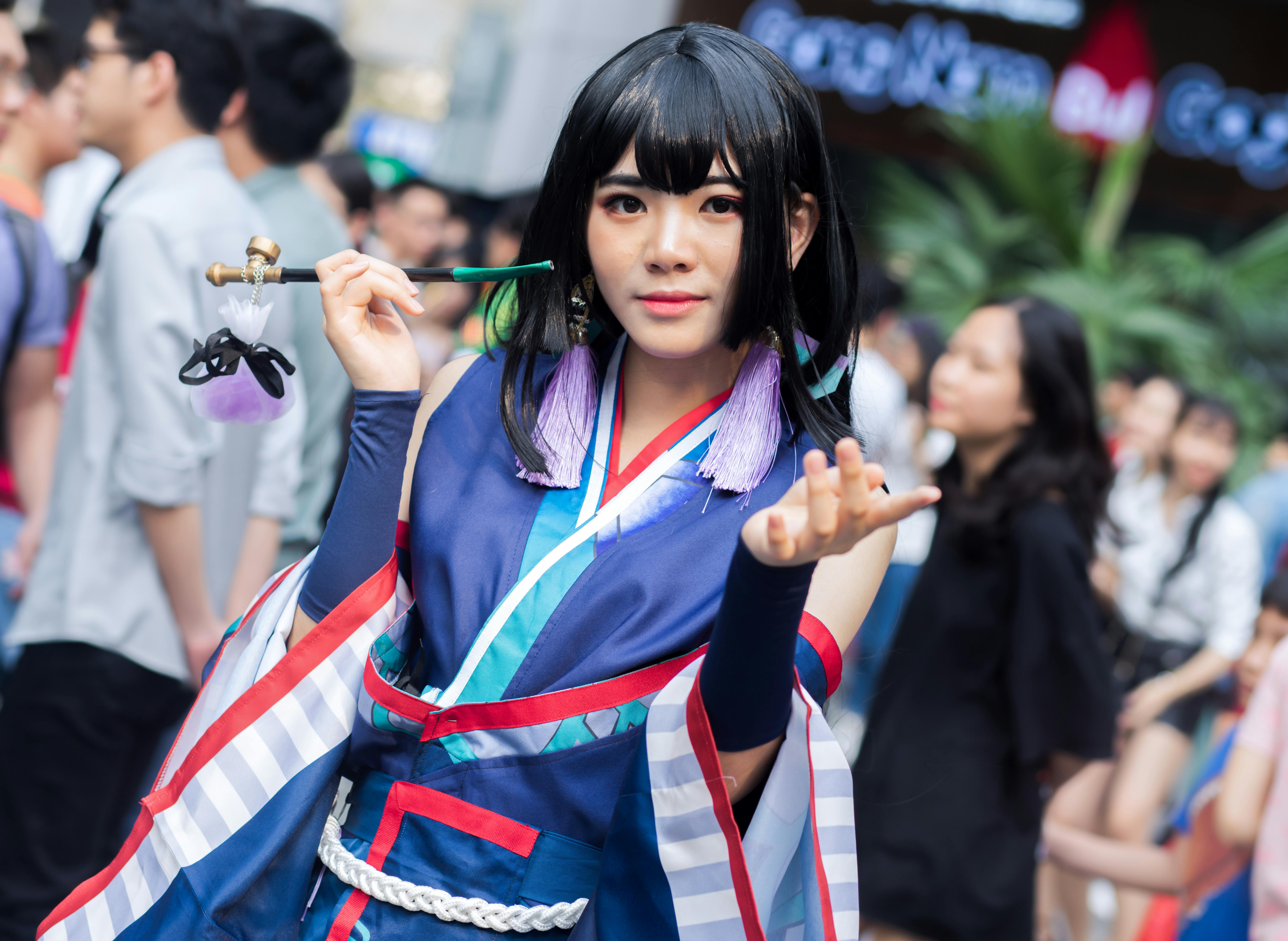The Evolution and Influence of Korean Beauty Regimens in the Global Market
From the heart of Seoul, a beauty revolution has been steadily brewing, captivating the world with its meticulous approach to skincare and its innovative, high-quality products. The Korean beauty regimen, commonly known as K-beauty, has evolved from being an obscure Asian trend to a global phenomenon. This article delves into the historical context, key developments, and market relevance of K-beauty, highlighting its profound impact on the beauty and fitness industry.

The Birth and Rise of K-Beauty
The roots of K-beauty trace back to ancient Korea, where women used natural ingredients, such as ground mung beans and rice water, for their skincare. These practices were based on Donguibogam, a traditional Korean medicine book written in the late 16th century. However, the modern K-beauty regimen, characterized by an extensive multi-step routine, started gaining traction in the late 1990s and early 2000s. This was largely due to South Korea’s economic boom, which led to increased investment in the cosmetics and skincare industry.
Key Developments and Industry Trends
Over the last two decades, K-beauty has evolved and adapted to the changing needs of its global audience. This has resulted in a shift from a rigorous 10-step routine to a more simplified and customizable approach, known as ‘Skip-Care’. The trend prioritizes using fewer, but more effective products tailored to individual skincare needs.
Another significant trend is the focus on clean beauty. Korean brands are increasingly formulating products with non-toxic, environmentally friendly ingredients, and sustainable packaging. This aligns with the global shift towards conscious consumerism in the beauty and wellness industry.
The Global Impact and Market Relevance of K-Beauty
K-beauty’s influence extends beyond South Korea, shaping beauty standards and practices worldwide. In 2019, South Korea exported over $6.3 billion worth of cosmetics, becoming a leading player in the global beauty scene. Western countries, particularly the U.S., U.K., and Canada, are significant markets for K-beauty products, with consumers drawn to their innovative formulations, affordable prices, and aesthetically pleasing packaging.
The Benefits of K-Beauty
The K-beauty regimen is renowned for promoting healthy, glowing skin. Its preventive and holistic approach to skincare addresses issues before they surface, rather than simply treating visible symptoms. K-beauty products also stand out for their unique, effective ingredients, such as snail mucin, centella asiatica, and bee venom, which offer various benefits from hydration to anti-aging.
The Future of K-Beauty
Moving forward, K-beauty is expected to continue its trajectory of growth and innovation. Experts predict an increased focus on personalized skincare, driven by advancements in technology and artificial intelligence. Moreover, as the global beauty industry becomes more inclusive, K-beauty brands are likely to expand their product lines to cater to diverse skin tones and types.
In conclusion, the rise of K-beauty exemplifies how a regional beauty practice can evolve into a global trend, influencing industry standards and consumer behaviors. Its focus on holistic wellness, innovation, and customization reflects the evolving demands of today’s beauty and fitness enthusiasts, making it a significant player in the industry.





